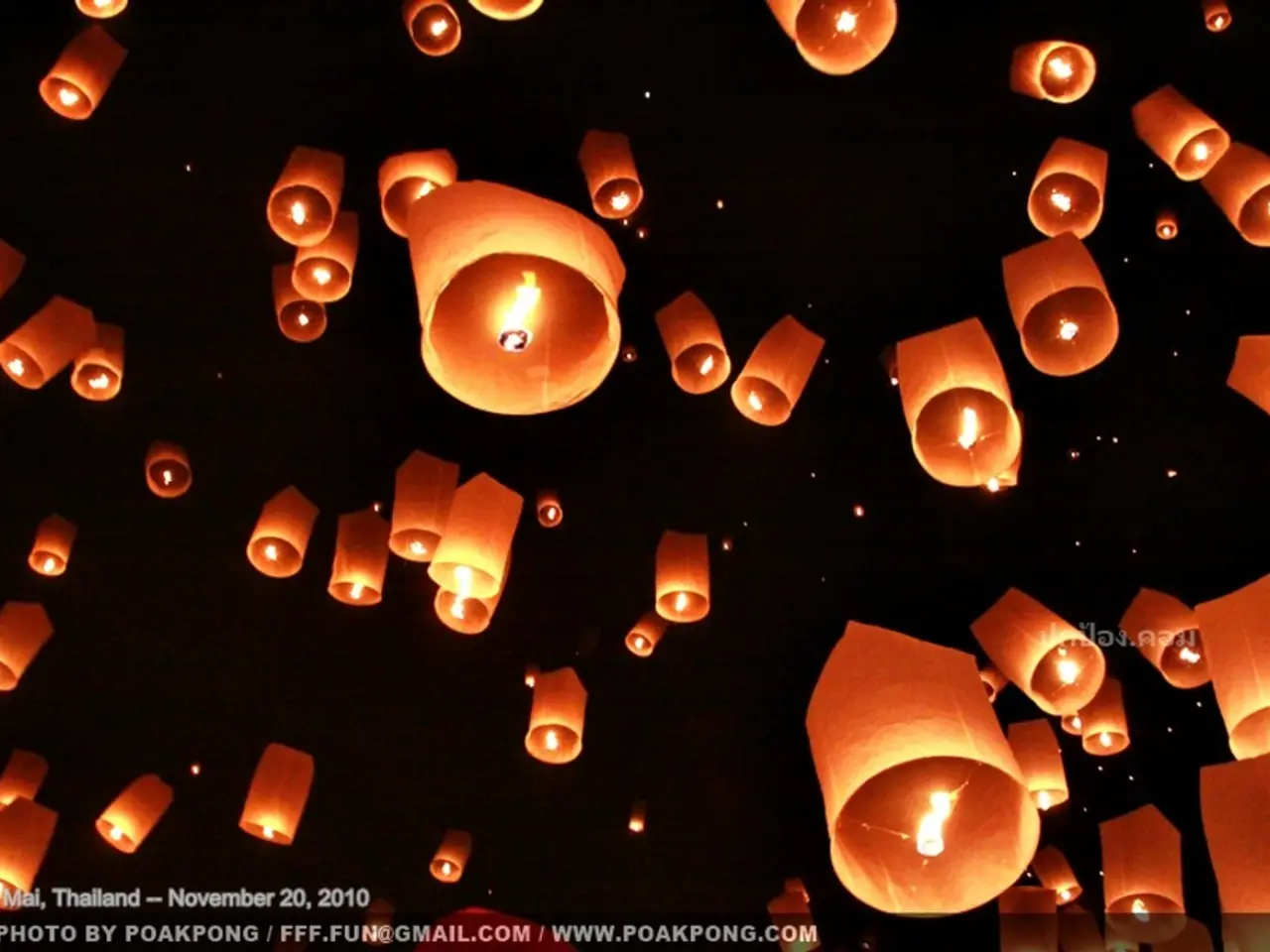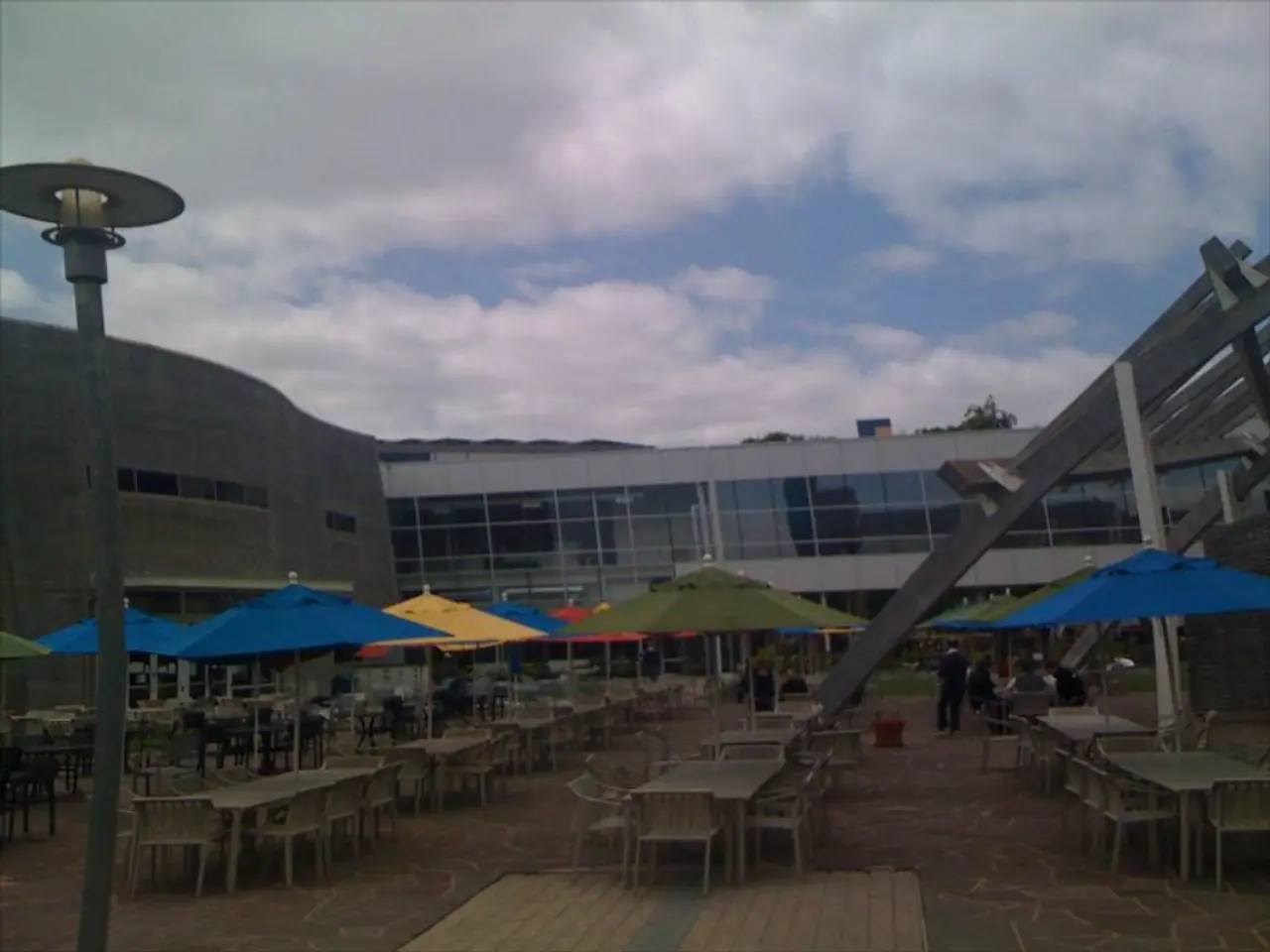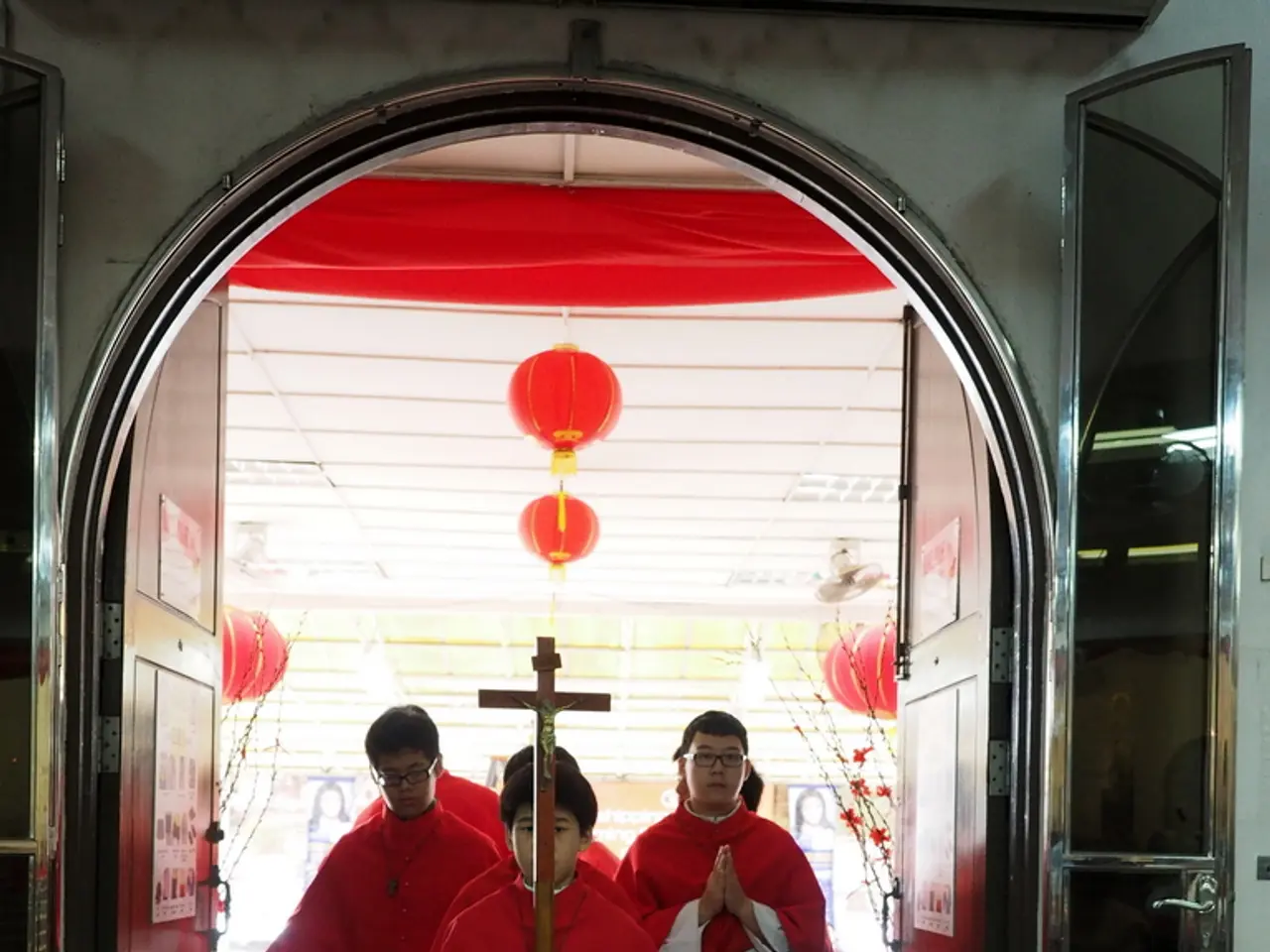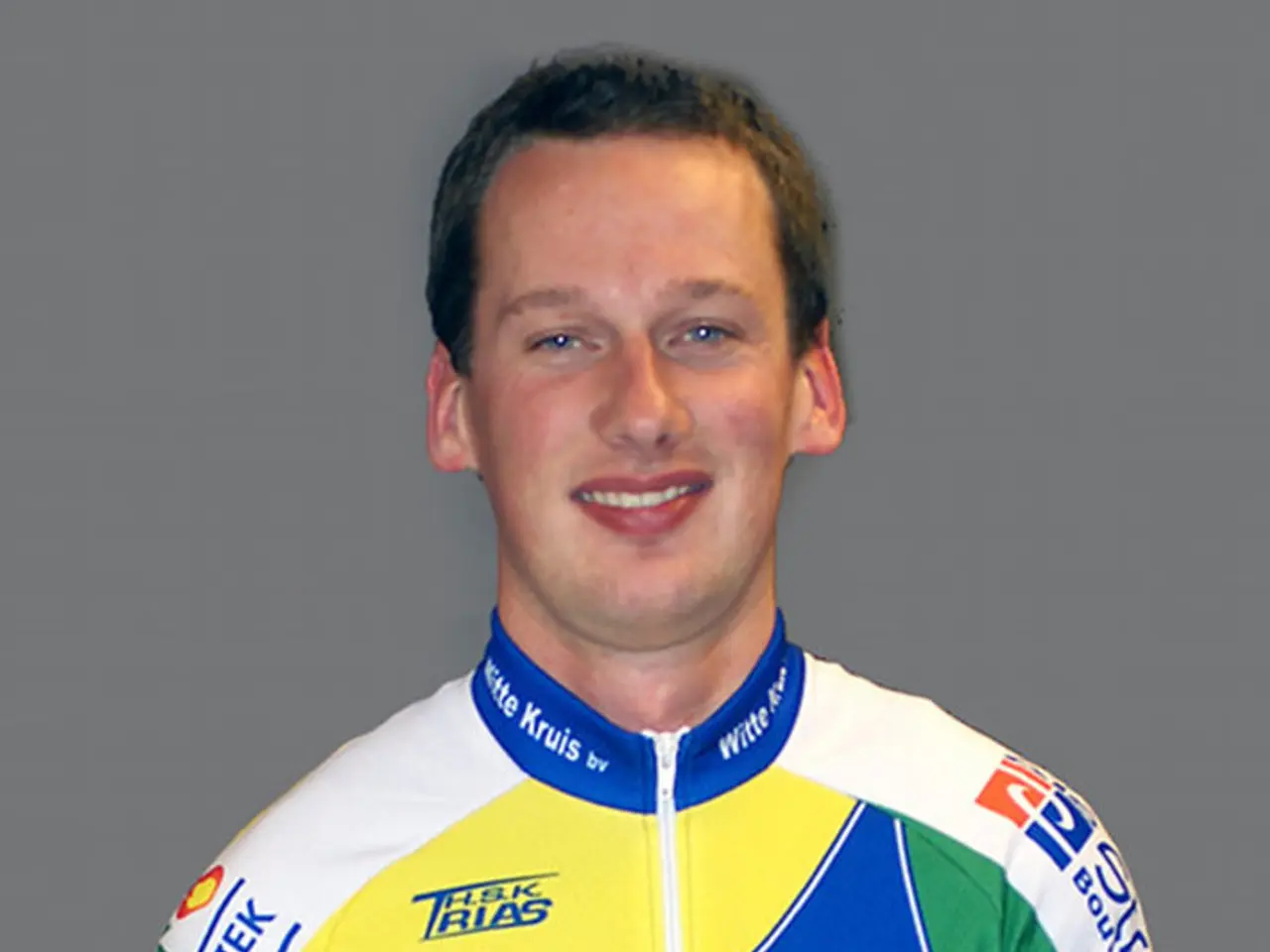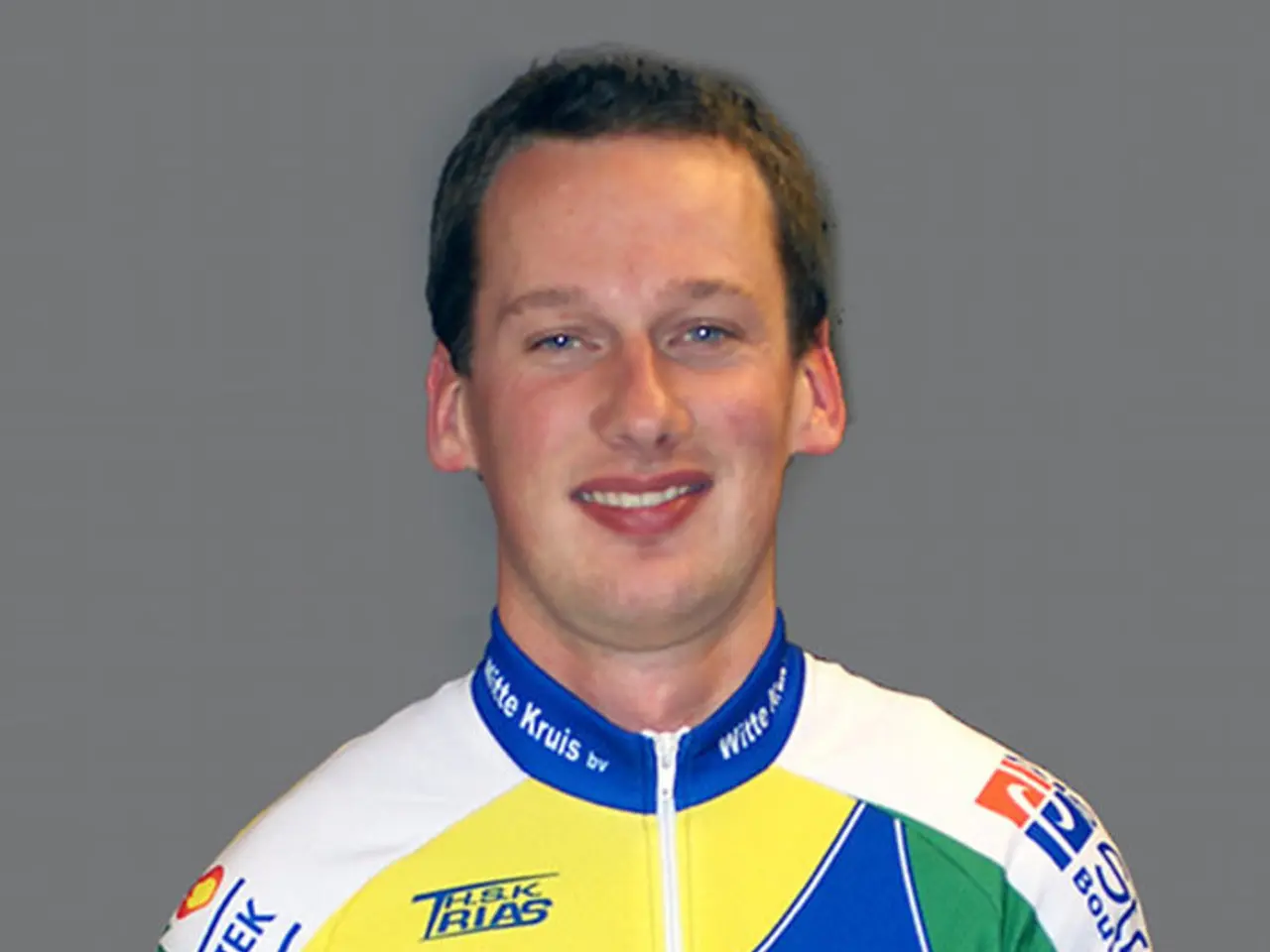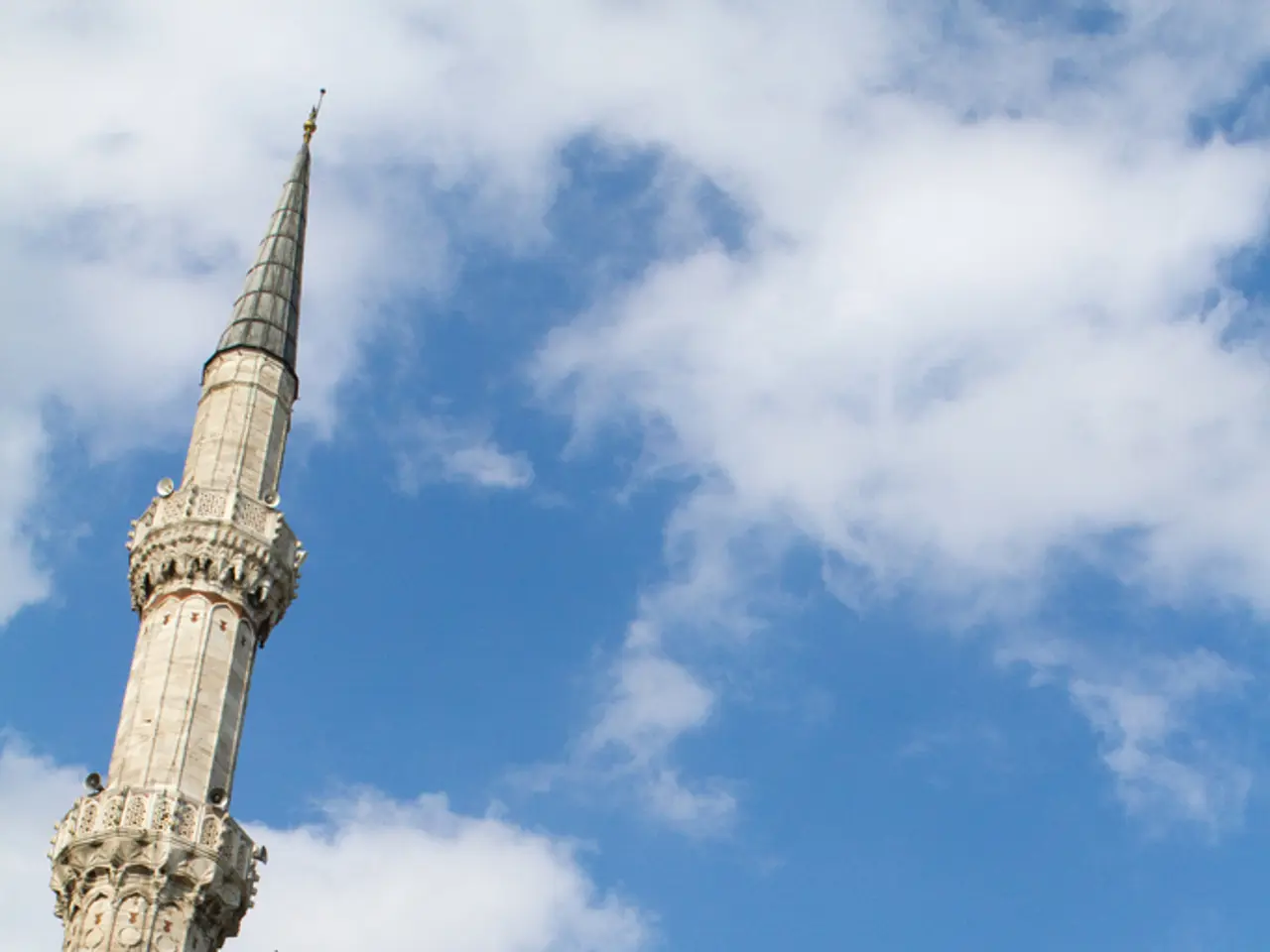Capturing Ghostly Images Through the Lens: A Look at Spirit Photography
In the Victorian and Edwardian eras, a peculiar phenomenon known as spirit photography captivated the public imagination. This unique form of photography, which originated from the work of William H. Mumler, aimed to capture the presence of spirits in photographs, particularly of mourning loved ones [1].
Mumler's groundbreaking technique involved double exposure, adding "ghosts" of the deceased to pictures of the living [1]. This innovative approach marked the beginning of spirit photography, a trend that would continue to evolve throughout the following decades.
One of the most notable examples of spirit photography is the famous photograph of the Brown Lady of Raynham Hall. The image, which appears to show a spectral figure, became a symbol of the era's fascination with the supernatural [2].
As spirit photography evolved, it incorporated the concept of ectoplasm, a supposed physical substance exuded by mediums during séances and captured on photographic plates [1][2]. Ectoplasm was believed to be a manifestation of spirits, and it often appeared in photographs as a semi-material substance surrounding or emanating from mediums or their assistants [1][3].
Sir Arthur Conan Doyle, the famed author of Sherlock Holmes, was a significant supporter of Spiritualism and ectoplasm. He believed in the reality of spirits and endorsed ectoplasm as genuine evidence of the spirit world's interaction with the physical realm [2]. Doyle wrote and spoke extensively in favor of Spiritualist phenomena, including ectoplasm, thereby lending considerable public credibility to these claims during his lifetime [2].
However, the interpretation of spirit photography images can be influenced by photo manipulation, and trust in the authenticity of these photographs can be questionable due to the potential for deception [4]. For instance, William H. Mumler's initial discovery of a ghostly image in one of his photographs was later found to be due to double exposure [5].
Despite these concerns, photographers like William Hope continued the practice of spirit photography, even when their own photographs were exposed as frauds [6]. Ectoplasm was often used in spirit photography, with mediums allegedly excreting this substance from their bodies during spirit communication [7].
In modern times, some claim to receive ghostly messages on Polaroids, while today's spirit photography is often associated with pictures of orbs and ethereal light [8]. However, the power of suggestion and pareidolia can influence what individuals see in these images [9].
In conclusion, the history of ectoplasm in spirit photography is deeply rooted in Victorian and Edwardian Spiritualism, with spirit photography evolving into ectoplasm photography showcasing supposed tangible spirit material. Sir Arthur Conan Doyle was one of the notable early 20th-century proponents who supported the existence of ectoplasm as proof of spirits [1][2][3]. Yet, the reliability of photography as evidence of spirits remains a topic of ongoing debate.
References: [1] https://www.britannica.com/topic/ectoplasm [2] https://www.britannica.com/topic/spirit-photography [3] https://www.historytoday.com/archive/ectoplasmic-photographs [4] https://www.livescience.com/36256-spirit-photography.html [5] https://www.history.com/news/spirit-photography-double-exposure [6] https://www.history.com/news/spirit-photography-william-hope [7] https://www.britannica.com/topic/ectoplasm [8] https://www.livescience.com/53738-spirit-photography.html [9] https://www.newscientist.com/article/dn18343-paranormal-beliefs-are-fuelled-by-pareidolia-and-wishful-thinking/
In the early 20th century, Sir Arthur Conan Doyle, the author famous for Sherlock Holmes, endorsed ectoplasm as a genuine manifestation of spirits and a proof of their interaction with the physical realm, thereby lending considerable public credibility to spirit photography and the concept of ectoplasm (References: [1], [2], [3]). Pop-culture and sci-fi-and-fantasy enthusiasts today still look back at this phenomenon, where photography was used to capture evidence of spirits, as an intriguing intersection between paranormal beliefs and popularity in the supernatural (References: [8]).
